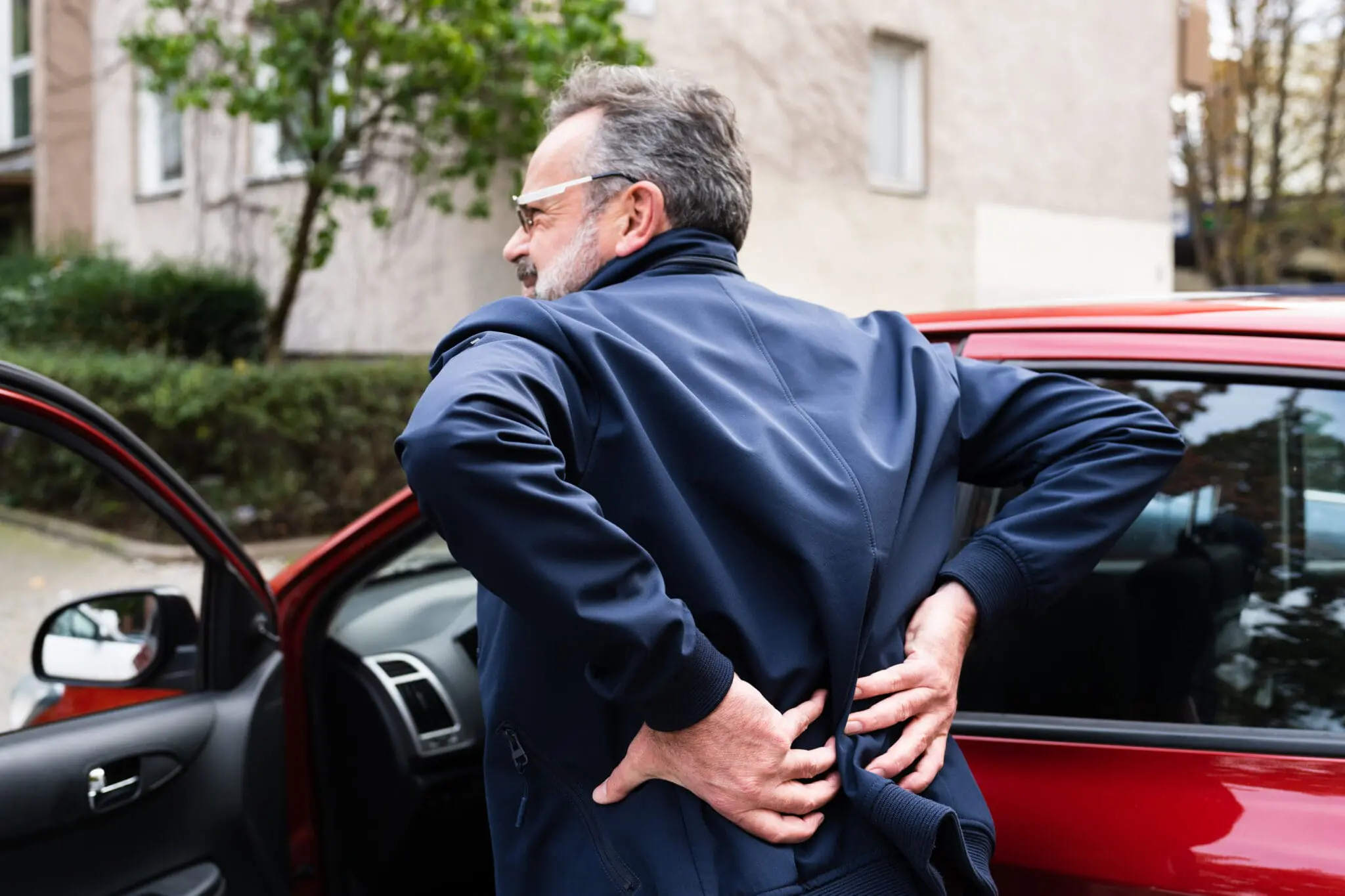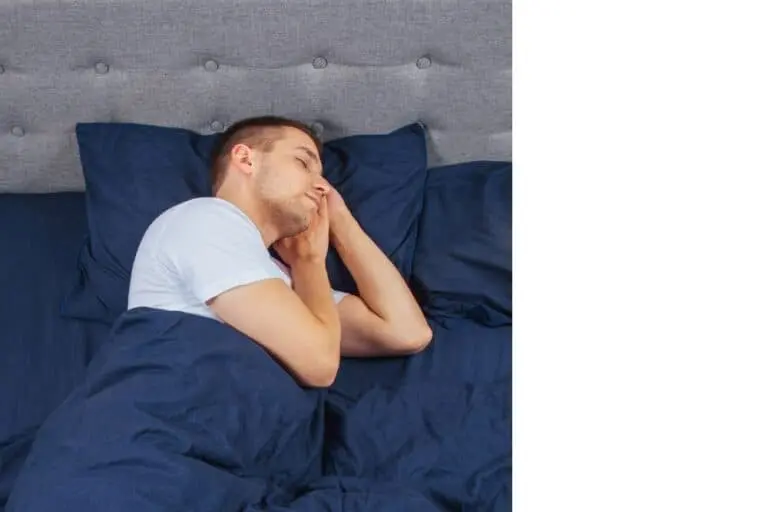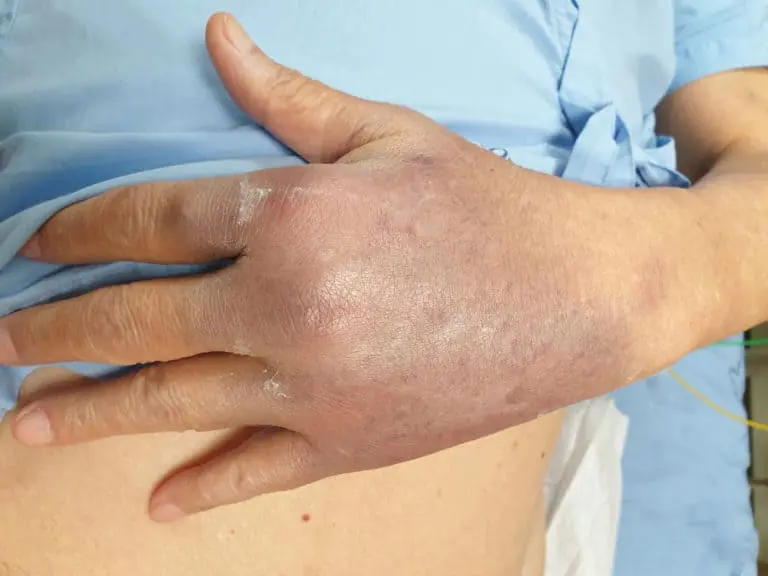Back pain can show up in a lot of different ways, but when it’s tied to a herniated disc, the discomfort tends to stick around. It may feel sharp, or it might show up as a dull ache that lingers. Some people notice tingling. Others describe a strange sense of weakness or heaviness in their arms or legs. Left untreated, herniated discs can lead to nerve damage so it is recommended to get checked out if you notice any of these symptoms.
If you’re unsure what’s behind your pain and think you might have a herniated disc, this guide can help you make sense of the symptoms and understand what steps to take next. We’ll walk through what a herniated disc actually feels like, how it’s different from other back issues, and what you can do about it, especially if you live in Texas and need care close to home.
What Does a Herniated Disc Feel Like?
A herniated disc happens when one of the soft cushions between the bones in your spine slips out of place or tears, pressing against a nearby nerve. While that may sound like a simple mechanical issue, it often creates very real, very disruptive pain.
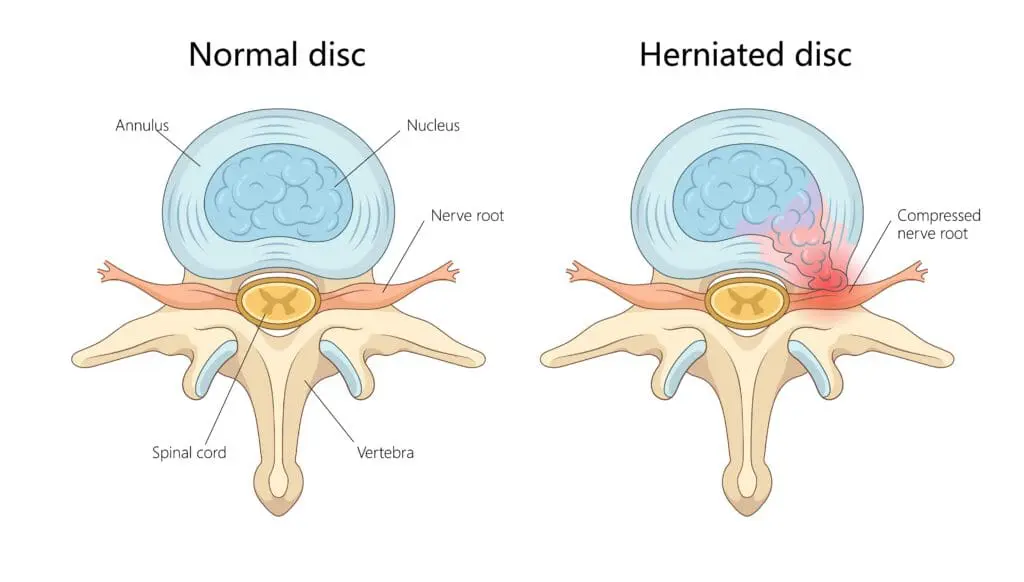
People describe it differently depending on where the disc is and how bad the compression is. For some, it’s a sharp, shooting pain that travels down the leg or arm. Others feel a constant dull ache that never quite goes away. Certain movements might trigger sudden stabbing pain, especially when twisting or bending.
You may also notice burning, numbness, or even muscle fatigue when trying to carry out simple tasks. This type of pain is different from soreness after a workout. It doesn’t always respond to rest and may get worse with time if left untreated. Herniated discs tend to affect the neck or lower back most often, where motion and pressure are constant.
4 Common Signs of a Herniated Disc
If you’re experiencing new or worsening back or neck pain, it’s important to know what to look for. Many people wait weeks or even months before seeking help, not realizing their symptoms may be tied to something more serious. A herniated disc won’t always cause dramatic symptoms right away, but there are a few clear signals that something deeper might be going on. Understanding these signs can help you know when it’s time to talk to a medical provider.
- Back or neck pain: This is usually the first sign. Pain may start in the middle or lower back and stay there, or it might extend into the upper back or shoulders. It often feels worse after sitting or standing too long.
- Pain radiating into your extremities: When a disc in your spine presses on a nerve, that pain doesn’t always stay local. It can move down your leg (sciatica) or into your arm, depending on where the herniation is. This type of pain is often more intense and harder to ignore.
- Unusual nerve sensations or numbness: You might feel tingling or a pins-and-needles sensation in your hands, fingers, feet, or toes. Numbness is also common and can make it hard to grip objects or walk steadily.
- Muscle weakness: Over time, compressed nerves may interfere with how your muscles function. If you find that your grip is weaker, your legs tire more easily, or you’re struggling with coordination, it may be a sign of nerve involvement.
Other Herniated Disc Symptoms
While most people with herniated discs experience manageable, if frustrating, pain or numbness, there are some symptoms that should raise red flags. If these show up, it’s time to seek immediate medical help. These rare but serious complications can point to conditions like cauda equina syndrome, which requires urgent treatment to avoid lasting damage.
- Sudden loss of bowel or bladder control
- Numbness in the saddle area (inner thighs, buttocks, or back of the legs)
- Difficulty walking, standing, or staying balanced
If you’re dealing with severe symptoms like these, don’t wait. Seek emergency care right away.
What Causes a Herniated Disc?
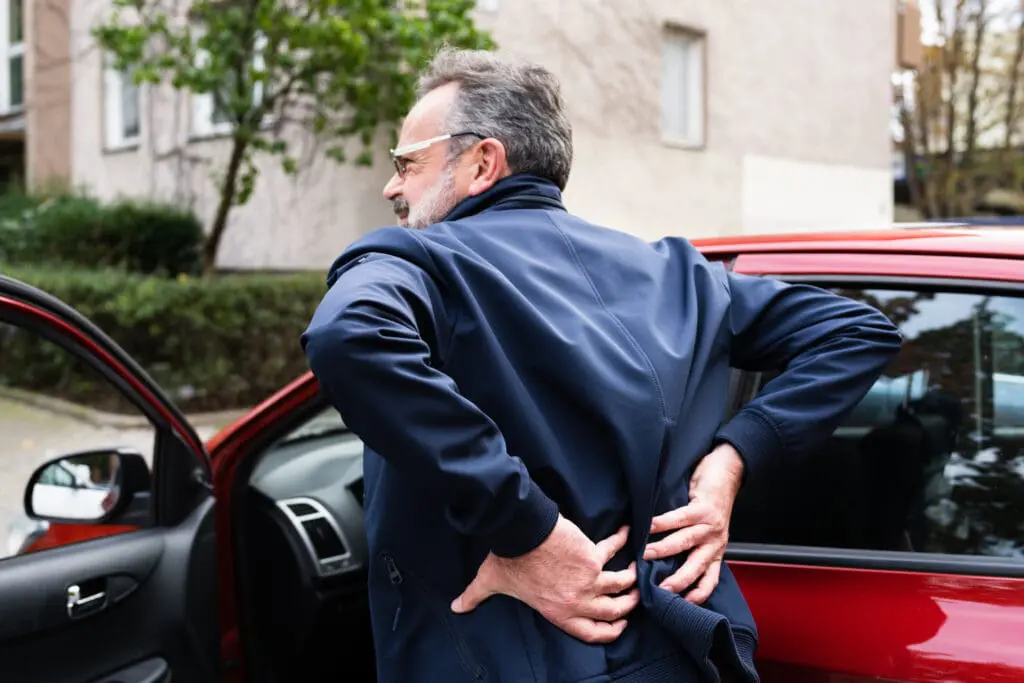
Herniated discs don’t always come from a single injury. In fact, many develop slowly over time. The discs in your spine are designed to absorb shock, but they wear down with age, movement, and pressure. That’s why herniated discs are more common in people over 30, especially those who sit for long hours, lift heavy objects, or have poor posture.
Here are some of the most common contributing factors:
- Repetitive bending, lifting, or twisting motions
- Long periods of sitting, especially with poor ergonomics
- Sudden trauma, like a fall or car accident
- Weak core muscles or spinal instability
- Degenerative disc disease from aging or genetics
How to Tell if You Have a Herniated Disc
You might be wondering, “How do I know if I have a herniated disc?” The truth is, symptoms can overlap with other spine conditions. The only way to know for sure is through a physical exam and imaging like an MRI. But if you’re dealing with persistent pain, numbness, or weakness, don’t ignore it. These are signs worth getting checked out.
Herniated Disc vs. Bulging Disc vs. Slipped Disc: Understanding the Differences
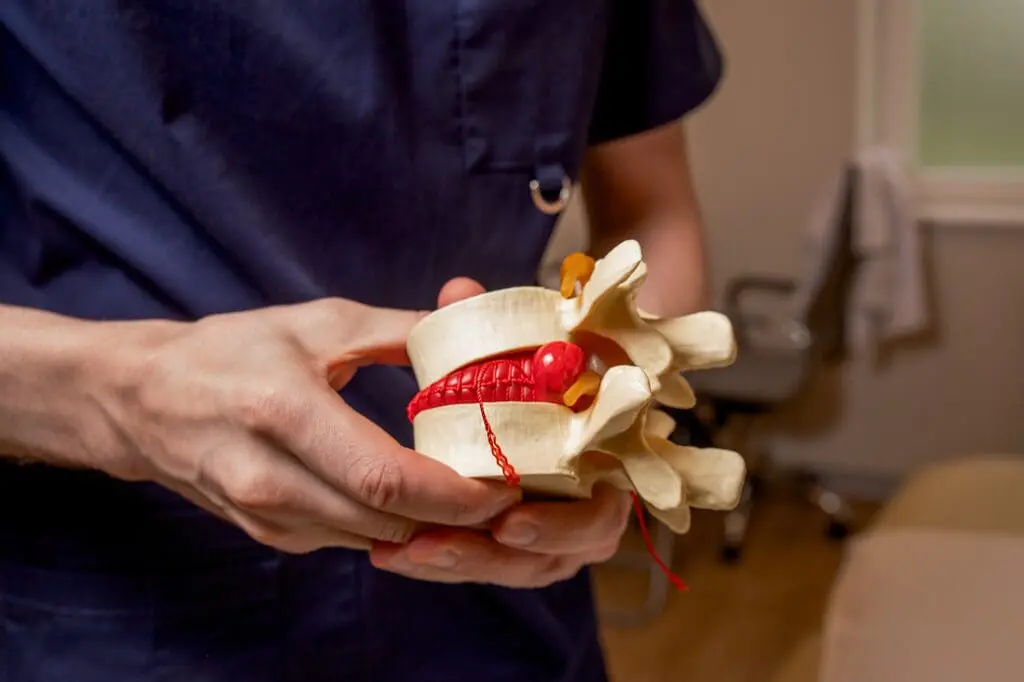
Herniated, bulging, or slipped – these three terms are often confused, but they describe different things. Here’s a quick way to understand the differences:
- Herniated Disc: The inner disc material breaks through the outer layer and can press on spinal nerves. This often causes pain, numbness, or weakness.
- Bulging Disc: The disc protrudes outward without tearing. It may not cause symptoms unless it presses on a nerve.
- Slipped Disc: Not a medical term. It’s often used to refer to either a herniated or bulging disc but doesn’t describe the condition precisely.
Think of it like this: a bulging disc is like a balloon starting to swell. A herniated disc is when that balloon pops and some of the material escapes.
Finding Treatment for Herniated Discs Near You
Living with ongoing back or neck pain isn’t something you have to accept. Herniated discs can interfere with your work, sleep, and daily routine, but treatment is available. Depending on your symptoms and the severity of the herniation, a personalized care plan might include physical therapy, anti-inflammatory medications, or advanced options like spinal injections or minimally invasive procedures.
Our clinics provide comprehensive care for herniated discs and other spine-related conditions. Whether you’re in Austin, San Antonio, Lubbock, or another part of Texas, we’re here to help. Reach out today to find a pain management specialist near you. Relief may be closer than you think, and your path to recovery can start today.
